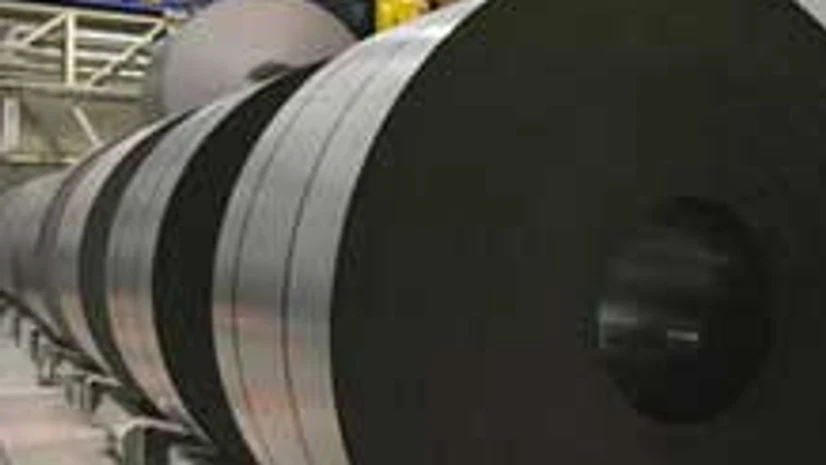Faced with iron ore shortages for the past three years, iron and steel makers in Karnataka have approached Congress President Sonia Gandhi and party Vice President Rahul Gandhi seeking their help in ensuring better supply of the raw material.
In their representation to Gandhis, the manufacturers through industry body Karnataka Iron and Steel Manufacturers’ Association (KISMA) said 28 sponge iron plants, out of 53, have closed for want of iron ore and the remaining are running at a capacity utilisation of 27 per cent only. The integrated steel plants are also running at a very low capacity of 60-70 per cent, the KISMA said.
It added that shortage of the raw material is continuing despite the Supreme Court lifting the mining ban in April last year and only 21 mines, out of permitted 115, have become operational “for want of statutory clearances and approval of rehabilitation and reclamation (R&R) plans etc”.
Also Read
It may take another 2-3 years for getting all the miners operational, but by then the iron and steel industry will face “irreparable losses and may close down permanently” affecting the socio-economic balance of the region and the country, KISMA said.
Copies of the representation have also been sent to Prime Minister Manmohan Singh, Union Ministers Beni Prasad Verma and Dinsha Patel, Karnataka Chief Minister Siddaramaiah, Planning Commission Deputy Chairman Montek Singh Ahluwalia and other senior officials of the Centre and state.
Iron and steel producers in Karanataka have a total production capacity of 25 million tonnes per annum and they require about 40 MT of iron ore to meet their needs. The Supreme Court, while lifting the mining ban on the state, had capped total annual iron ore production at 30 MT.
The court had allowed 115 mines to resume production, subject to conditions as set by the Central Empowered Committee (CEC).
Of the miners in Karnataka, state-owned NMDC was allowed to mine 12 MT annually and rest were to come from private producers. Accordingly capacities of the private producers were revised and reduced by the CEC. However, so far only 21 mines, amounting to annual production of 9.7 MT, have resumed production.
“Therefore, in order to increase the supply of iron ore in the present scenario, it is suggested that 21 operational mines, and NMDC mines, put together should be allowed to produce at 30 MTPA for a period of at least two years or until other mines are opened,” KISMA said.
It will help the Karnataka iron and steel industry in securing iron ore and running its plants at optimum levels, KISMA further said, adding that environment and carrying capacity principle, as envisaged by the apex court, will remain intact. The already operational 21 mines had production capacity of 30 MTPA iron ore before the ban was imposed, it said.

)
